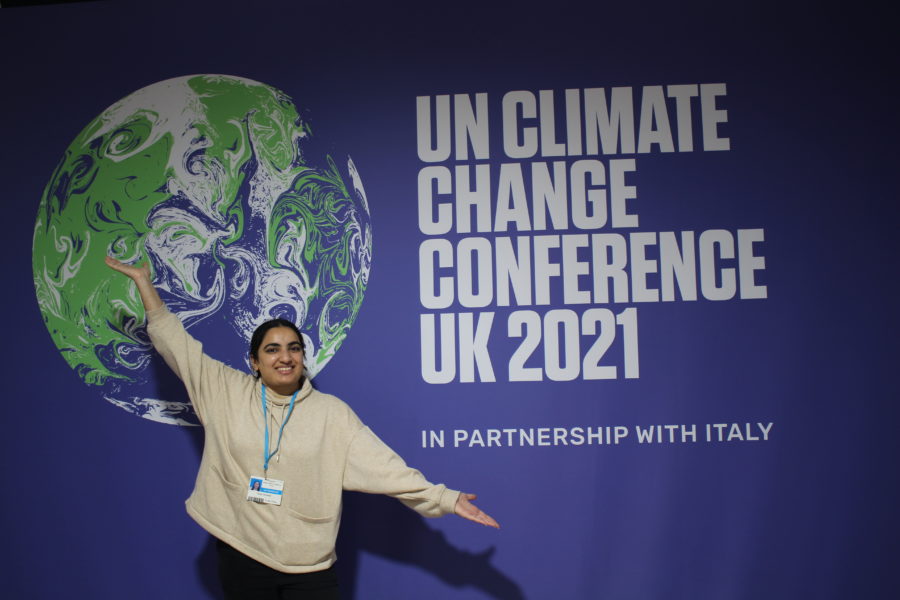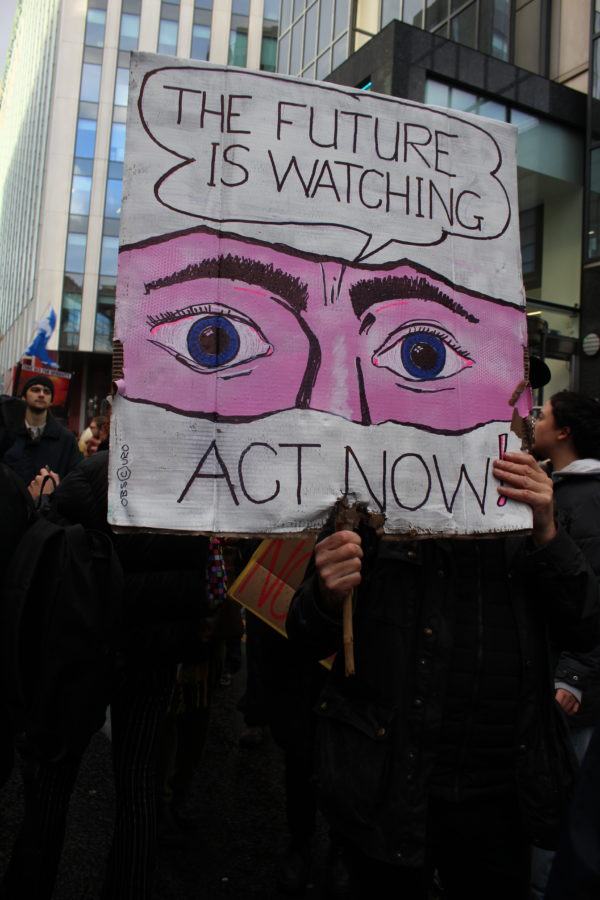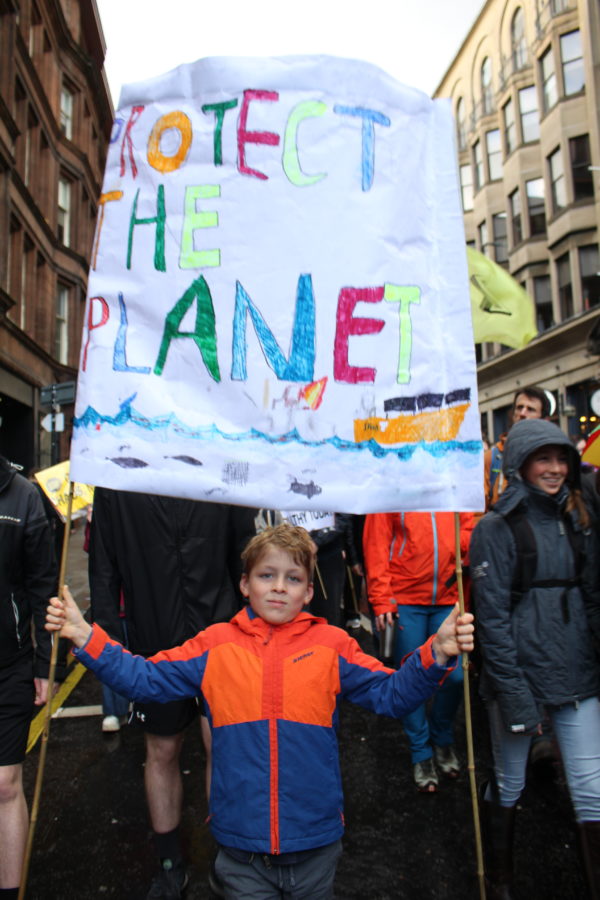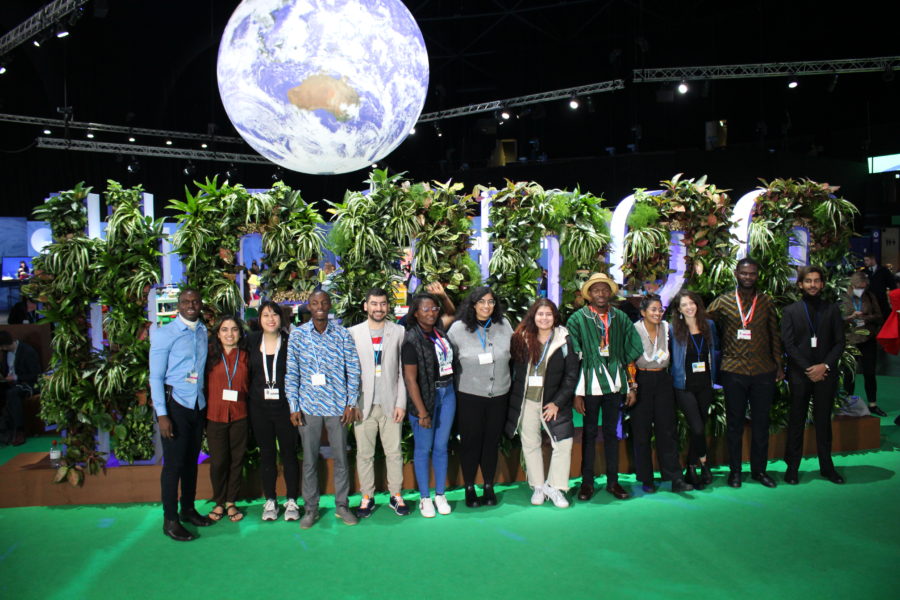#newscoverage
COY16 & COP26 Reflections from Pooja
By Pooja Tilvawala
From Monday, Nov 1st until Saturday, Nov 13th, the world watched as governments, civil society organizations, businesses, and climate advocates united to establish pathways for accelerating climate action. Among them were young leaders representing various organizations, countries, and/or YOUNGO, the officially mandated mechanism for engagement of children and youth in the UNFCCC.

Check out Pooja’s overview video below!
Thanks to YOUNGO and UNICEF, I was granted a UN Observer badge to represent myself, a 26-year-old youth leader from a suburb of Philadelphia, PA, USA. This badge allowed me to observe some negotiations, participate in or attend side and plenary events, and enjoy access to other parts of the blue zone and green zone at COP26. As a member of YOUNGO, of its 20 Working Groups, I worked with the Alliance for Climate Education Working Group and joined the Loss & Damage Working Group, while learning about some wins for our constituency:
- There was a history-making decision in the Technology negotiations to give YOUNGO a seat at the Climate Technology Center and Network (CTCN) Advisory Board, together with two seats for the Women and Gender Constituency and Indigneous Peoples constituency. This is a first for YOUNGO – to join a UNFCCC constituted body as a member, with a seat at the table!
- On November 11, YOUNGO met with the International Labour Organization (ILO) to co-ideate and extend support in their initiative, Climate Action for Jobs. This is an initiative to enable climate action for decent jobs and social justice, support countries on bold solutions for a just transition, and ensure that climate and employment go hand in hand. As a next step, YOUNGO will create a working group dedicated to this topic and have a seat at the International Technical Group for this initiative.
- YOUNGO initiated a conversation with various bodies about developing a “Youth Negotiator Program” to build the capacity of the youth to meaningfully contribute to negotiations and actively participate in decision making.
- During COP26, YOUNGO had bilateral meetings with various stakeholders like the Arab group, the High Level Champions, and the European Commission to discuss the Global Youth Statement, meaningful engagement of children and youth, and ways to expedite progress at COP26.
These are just a few highlights for YOUNGO at this year’s COP. Zooming out from the children and youth constituency, all eyes were watching to see if the gap to staying below 1.5 degrees C would be minimized, and how richer nations that had failed to raise the $100bn annual climate funding for vulnerable countries would keep their promise.


Photos from the Climate March in Glasgow, by Pooja Tilvawala
In short, countries did not commit nearly enough to emissions cuts to keep the 1.5 degrees celsius goal alive, but they did agree to a process that could keep it alive. The UN calculates that the new NDCs brought forth by 151 countries would put us on track for 2.5 degrees C of warming by 2100. That is unacceptable. When factoring in countries’ commitments to reach net-zero emissions by around 2050, temperature rise could be lowered to 1.8 or 1.9 degrees, but this is still deadly. Another area of disappointment was loss and damage. Climate-vulnerable countries fought for a new finance facility dedicated to loss and damage, however, countries such as the United States pushed back, and ultimately, countries set up a new dialogue allocated to discussing what loss and damage funding could look like. It was appalling to see such low levels of commitment but hopefully this will lead to concrete solutions in the near future.
I recommend the following articles to read about the outcomes of COP26:
- White House Press Briefing Fact sheet
- World Resources Institute COP26 Key Outcomes
- Other achievements during COP (from Aspen Institute Energy and Environment Program):
- 23 countries will stop new direct public financing for coal, oil and gas development by the end of 2022 and shift investment to renewable energy.
- 23 countries have pledged to phase out coal power under the Global Coal to Clean Power Transition Statement.
- Represented by UN climate envoy Mark Carney, banks, insurers and investors have pledged to make green investing a priority and to center climate change solutions in their work.
- 100 countries committed to end deforestation by 2030. Germany, Norway, the United States, and the United Kingdom all led a USD$1.7B pledge to Indigenous Peoples and communities as part of this pledge.
- In a joint declaration, the two biggest emitters of greenhouse gases, the United States and China, said they plan to work together on a range of issues, including reducing methane emissions and accelerating the transition to clean energy. Both countries committed to action “to avoid catastrophic impacts” of climate change over the next 10 years.
- 19 governments said they would work together to establish zero-emissions shipping corridors between two or more ports.The United Kingdom, the United States, Canada, France, Germany, Australia, New Zealand and more, said they would create at least six green corridors by 2025, with the aim of scaling up activity by 2030. The agreement would also include deploying zero-emission vessel technologies and using alternative fuel and charging infrastructure in ports.

Pooja Tilvawala (second from left) among other Youth Climate Leaders
